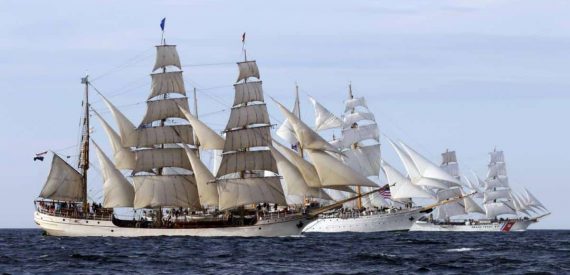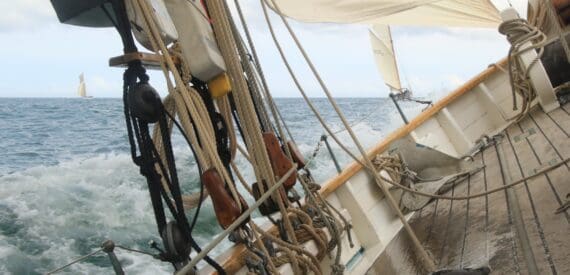Yachtmaster Ocean Theory Syllabus
This is a course in astro-navigation and worldwide meteorology which also reveals the mysteries of the sextant. It assumes you already have a knowledge of all subjects covered in introductory course Day Skipper Shorebased Course and the more advanced RYA Yachtmaster Offshore theory syllabus. If you are not sure you can check the content of the more advanced Yachtmaster Offshore here:
Pre Requisite Knowledge – RYA Yachtmaster Offshore Theory Syllabus
1. The earth and the celestial sphere
Definition of observer’s zenith and position of a heavenly body in terms of latitude, longitude, GHA and declination
Right angle relationships, latitude and co-lat, declination and polar distance
Relationship between GHA, longitude and LHA
Tabulation of declination in nautical almanac
Rate of increase of hour angle with time
2. The PZX triangle
The tabulated components of the triangle, LHA, co-lat and polar distance
The calculable components, zenith distance and azimuth
Relationship between zenith distance and altitude
Introduction to the tabular method of solution in the Air Navigation Tables and the basic sight form
The use of calculators for the solution of the PZX triangle
3. The sextant
Practical guide to the use and care of a sextant at sea
Conversion of sextant altitude to true altitude
Application of dip, index error and refraction
Correction of side error, perpendicularity, index error and collimation error
4. Measurement of time
Definition of, and relationship between, UT, LMT, standard time and zone time
Rating of chronometers and watches
5. Meridian altitudes
Forecasting time of meridian altitude
Reduction of meridian altitude sights
6. Sun, star and other sights
Reduction and plotting of sun sights using
Air Navigation Tables
Awareness of use of calculator for sight reduction
The plotting of sun-run-sun meridian altitude
Awareness of the reduction and plotting of sights obtained from stars, moon and planets
7. Compass checking
Use of amplitude and azimuth tables systems and/or calculator
8. Satellite Navigation Systems
Principles and limitations of use of all systems
9. Great circle sailing
Comparison of rhumb lines and great circles
Vertices and composite tracks
The computation of a series of rhumb lines approximating to a great circle by use of gnomonic and Mercator projections
10. Meteorology
General pressure distribution and prevailing winds over the oceans of the world
Tropical revolving storms, seasonal occurrence and forecasting by observation
11. Passage planning
Publications available to assist with planning of long passages (routeing charts, ocean passages of the world and other publications)
Preparation for ocean passage including survival equipment, victualling, water and fuel management, chafe protection, spares and maintenance
12. Passage making
Navigational routine
Watchkeeping
Crew management
13. Communications
Satellite and terrestrial systems
Weather information



